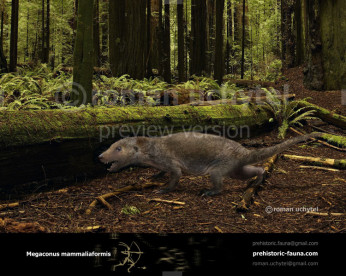Barylambda faberi
1010Barylambda (Barylambda Patterson, 1937)
Order: †Cimolesta
Suborder: †Pantodonta
Family: †Barylambdidae
Dimensions: 2,6 m in length, 150 cm in height, 600 kg of weight
Expansion: Paleocene in North America
A typical representative: Barylambda faberi
Barylambda is an extinct genus of pantodont mammal from the middle to late Paleocene, well known from several finds in North America. Like other pantodonts, Barylambda was a heavyset, 5-toed plantigrade. Three species of Barylambda are currently recognised. Barylambda went extinct during late Paleocene, with the advent of Coryphodon, a genus of larger, more advanced, pantodonts. Barylambda probably resembled a large tapir or rhinoceros with a small head and long, well-developed tail and bear-like legs. The vertebrae of the tail were unusually massive; the living animal may have been able to rear up and support itself on the hind legs and tail in order to reach higher for food. Because of the generalized appearance of the teeth, the presence of well-developed canines only in males, the grinding wear and lack of shearing blades on the molars, and the animal's heavy build strongly suggest that it was herbivorous. The length was about 2.5 meters with a weight around 650 kg, about the size of a pony. Barylambda was large even for a pantodont, sheer size probably protecting it from contemporary carnivores.
Barylambda (Barylambda Patterson, 1937)
Order: †Cimolesta
Suborder: †Pantodonta
Family: †Barylambdidae
Dimensions: 2,6 m in length, 150 cm in height, 600 kg of weight
Expansion: Paleocene in North America
A typical representative: Barylambda faberi
Barylambda is an extinct genus of pantodont mammal from the middle to late Paleocene, well known from several finds in North America. Like other pantodonts, Barylambda was a heavyset, 5-toed plantigrade. Three species of Barylambda are currently recognised. Barylambda went extinct during late Paleocene, with the advent of Coryphodon, a genus of larger, more advanced, pantodonts. Barylambda probably resembled a large tapir or rhinoceros with a small head and long, well-developed tail and bear-like legs. The vertebrae of the tail were unusually massive; the living animal may have been able to rear up and support itself on the hind legs and tail in order to reach higher for food. Because of the generalized appearance of the teeth, the presence of well-developed canines only in males, the grinding wear and lack of shearing blades on the molars, and the animal's heavy build strongly suggest that it was herbivorous. The length was about 2.5 meters with a weight around 650 kg, about the size of a pony. Barylambda was large even for a pantodont, sheer size probably protecting it from contemporary carnivores.

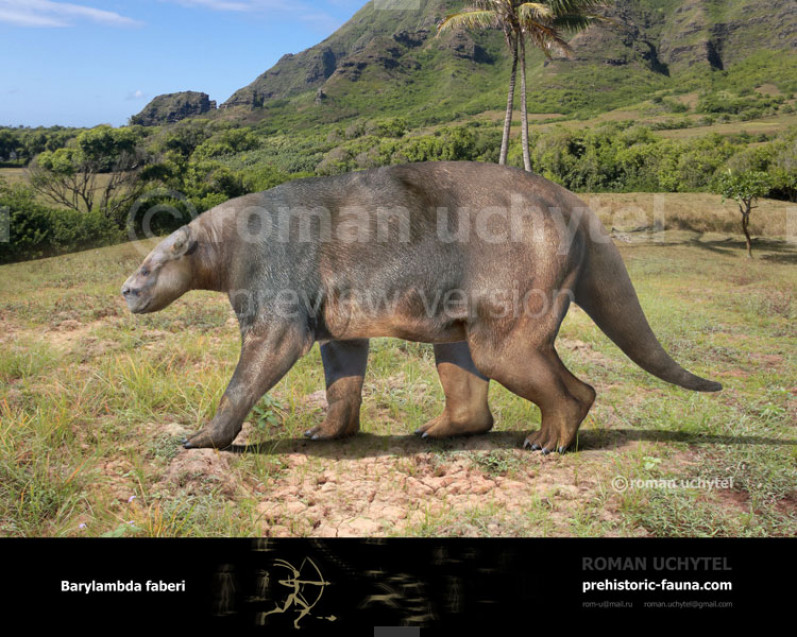
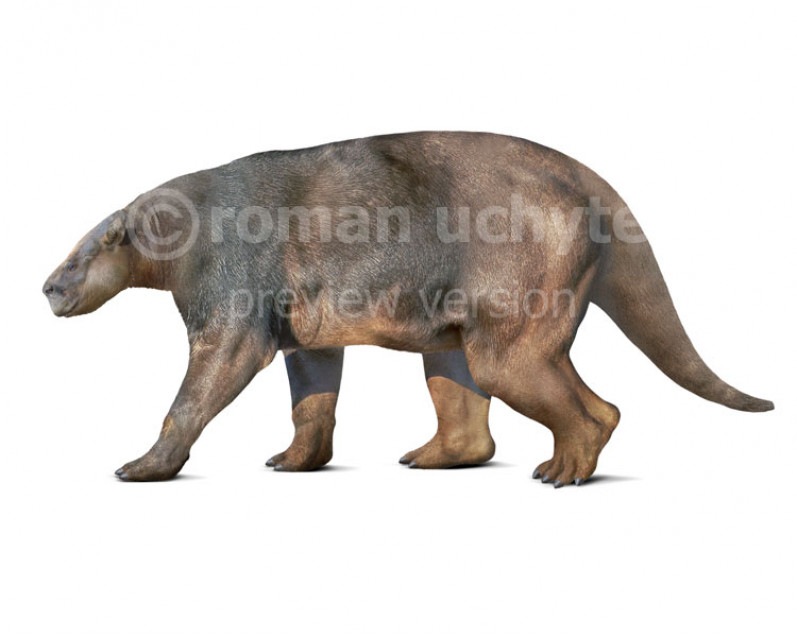
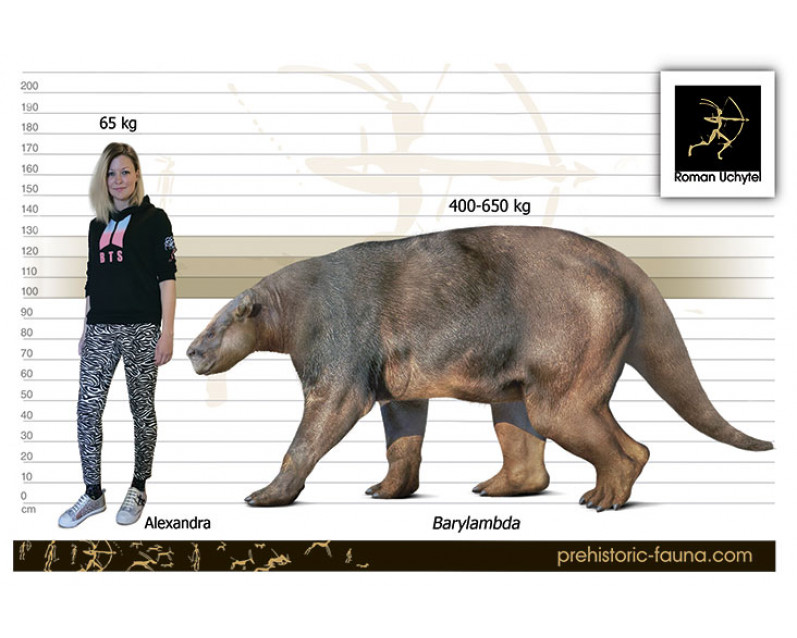



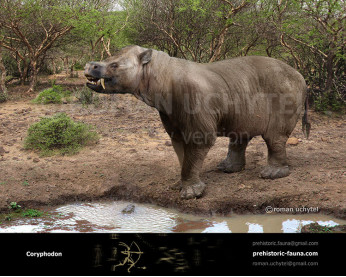
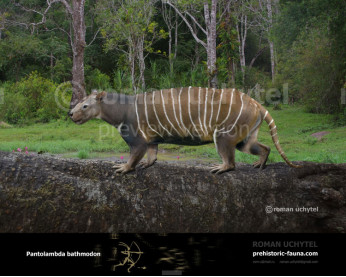
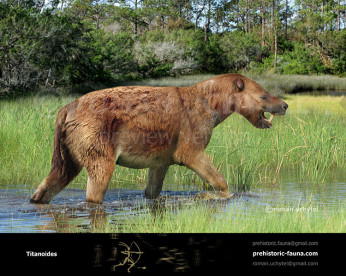
-346x277.jpg)
